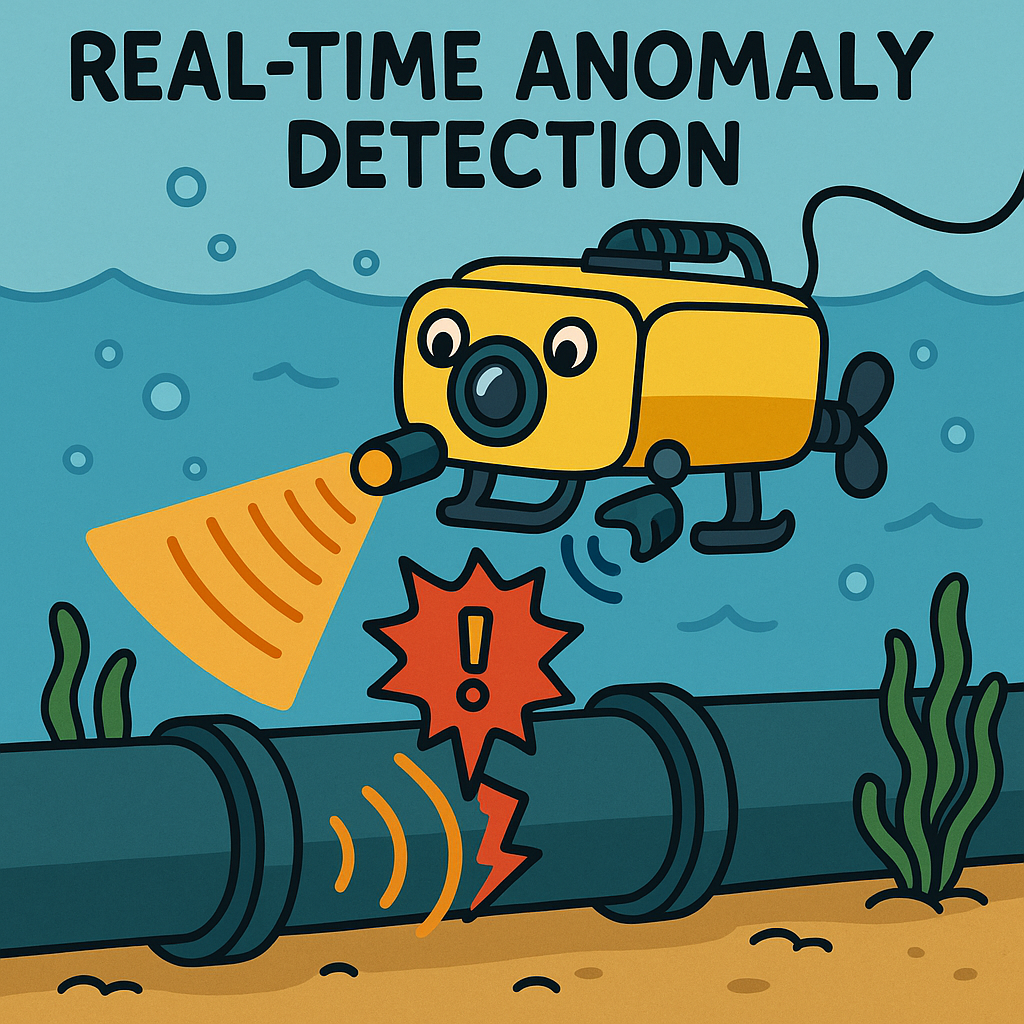Introduction to Sensor Fusion in ROVs
Underwater pipeline inspection using Remotely Operated Vehicles (ROVs) has gained traction due to the increasing demand for effective monitoring and maintenance of critical infrastructure. The integration of different sensor modalities, particularly LiDAR and acoustic sensors, has emerged as a promising approach to enhance anomaly detection capabilities. However, the challenge lies in optimizing sensor fusion algorithms to ensure real-time performance, which is crucial when operating in dynamic underwater environments.
Understanding the Hardware Landscape
The hardware setup of an ROV for underwater inspections typically includes a combination of high-resolution LiDAR systems and acoustic sensors. LiDAR provides precise, high-density point cloud data, enabling the detection of structural anomalies such as cracks or deformations. On the other hand, acoustic sensors are adept at measuring distances and detecting objects in murky waters where visibility is compromised.
However, selecting the right hardware is only part of the equation. LiDAR systems often require substantial power and generate large volumes of data, necessitating robust data handling and processing capabilities. Acoustic sensors, while less data-intensive, must be calibrated accurately to account for varying water conditions. Striking the right balance between these sensors involves real-world design trade-offs, particularly in terms of weight, power consumption, and data throughput.
Firmware Challenges and Solutions
Firmware plays a critical role in managing sensor data acquisition and preprocessing. The primary challenge here is ensuring low-latency data collection while maintaining synchronization between the LiDAR and acoustic sensors. A common approach is implementing time-stamping mechanisms within the firmware to ensure that data from both sensors are aligned correctly in time.
Moreover, the firmware must support adaptive sampling rates. For instance, in clearer waters, it may be beneficial to increase the LiDAR’s sampling rate, while in murkier conditions, focusing on acoustic data might yield better results. This adaptability can be achieved through a feedback loop that assesses environmental conditions in real-time and adjusts the sensor parameters accordingly.
Algorithmic Optimization for Sensor Fusion
At the heart of effective anomaly detection lies the sensor fusion algorithm. Traditional methods often rely on Kalman filters or particle filters to estimate the state of the underwater environment. However, due to the nonlinear nature of the data, especially with conflicting inputs from LiDAR and acoustic sensors, more sophisticated techniques such as deep learning-based fusion algorithms have gained popularity.
Utilizing neural networks allows for the integration of complex features from both sensor outputs, enabling the system to learn patterns indicative of anomalies. This deep learning approach can be computationally intensive, prompting the need for optimization techniques such as pruning and quantization to ensure the algorithms run efficiently on embedded systems within the ROV.
Real-World Design Trade-offs
When deploying these sensor fusion algorithms in real-world scenarios, engineers face numerous design trade-offs. For example, while higher resolution data can improve anomaly detection, it also demands more processing power and energy. In underwater environments, energy efficiency is paramount; thus, engineers must carefully select the resolution and frame rates that strike a balance between performance and operational feasibility.
Another trade-off involves the robustness of the algorithm against noise and interference. Underwater environments are notoriously noisy, with acoustic signals easily distorted by background sounds. Implementing advanced preprocessing techniques, such as wavelet transforms or filtering algorithms, can help mitigate these issues, but they may introduce additional latency that could compromise real-time operation.
The Importance of Continuous Testing and Iteration
Finally, continuous testing in real-world conditions is crucial for refining these systems. Simulation environments can model underwater conditions, but they often fail to capture the full range of challenges encountered in actual operations. Iterative testing helps fine-tune the sensor fusion algorithms, allowing engineers to gather feedback and adjust parameters such as threshold settings for anomaly detection dynamically.
As the field of sensor fusion and anomaly detection in underwater ROVs continues to evolve, the integration of advanced sensors and machine learning techniques promises to enhance the reliability and efficiency of pipeline inspections, ultimately contributing to safer infrastructure management.



